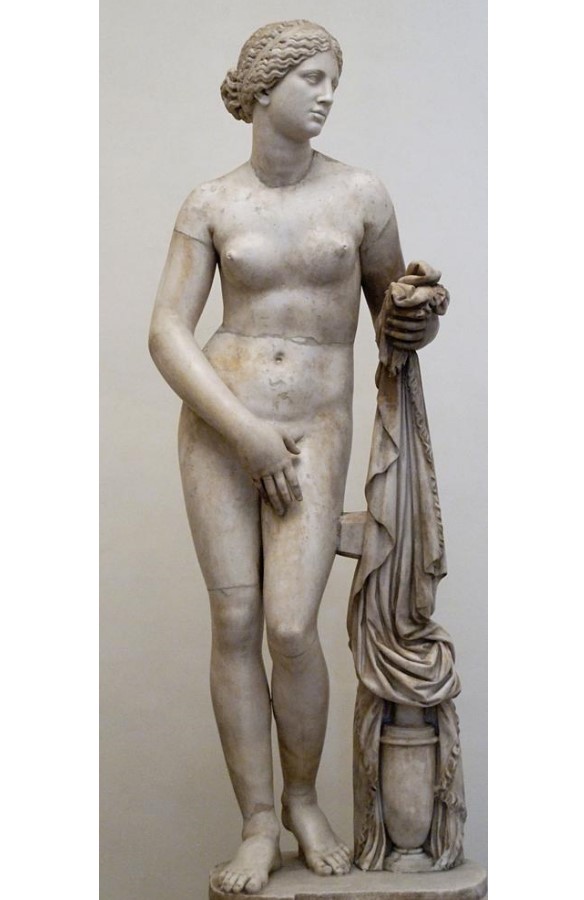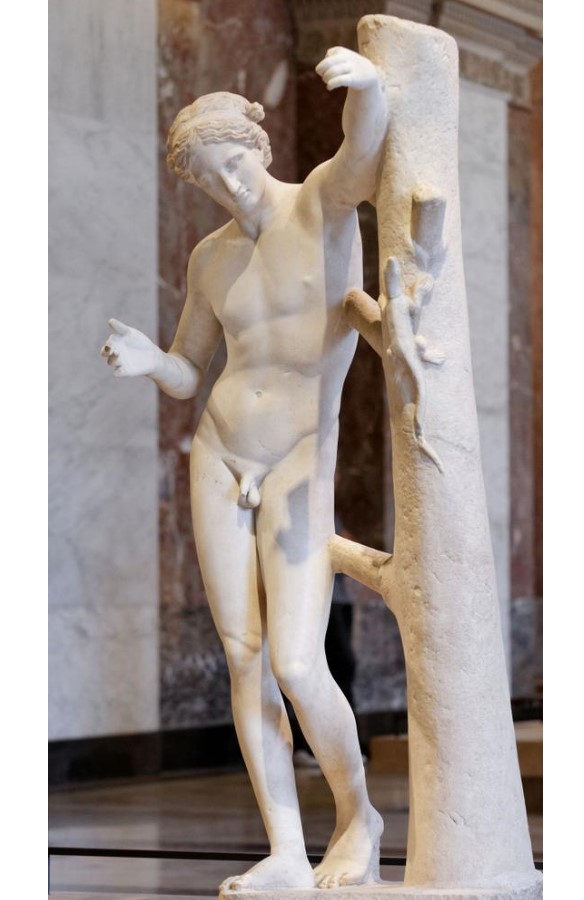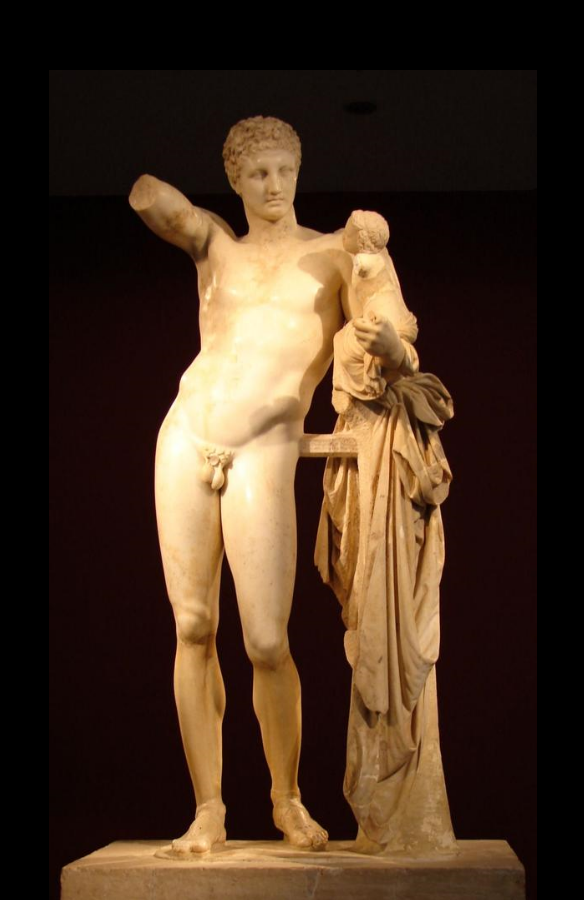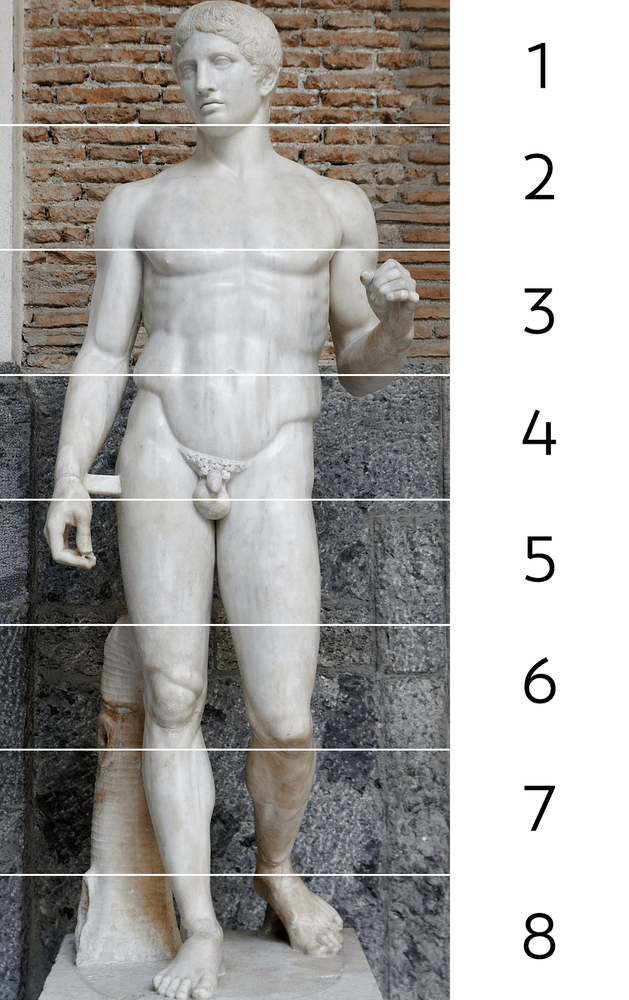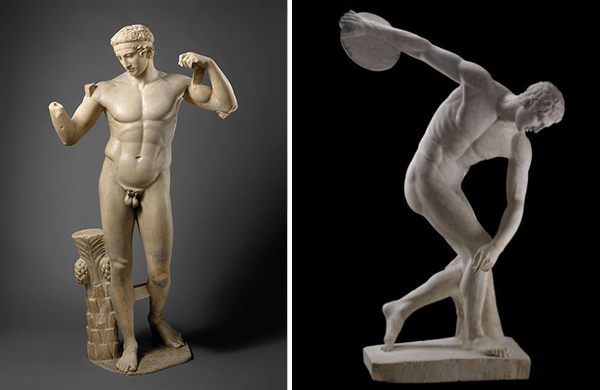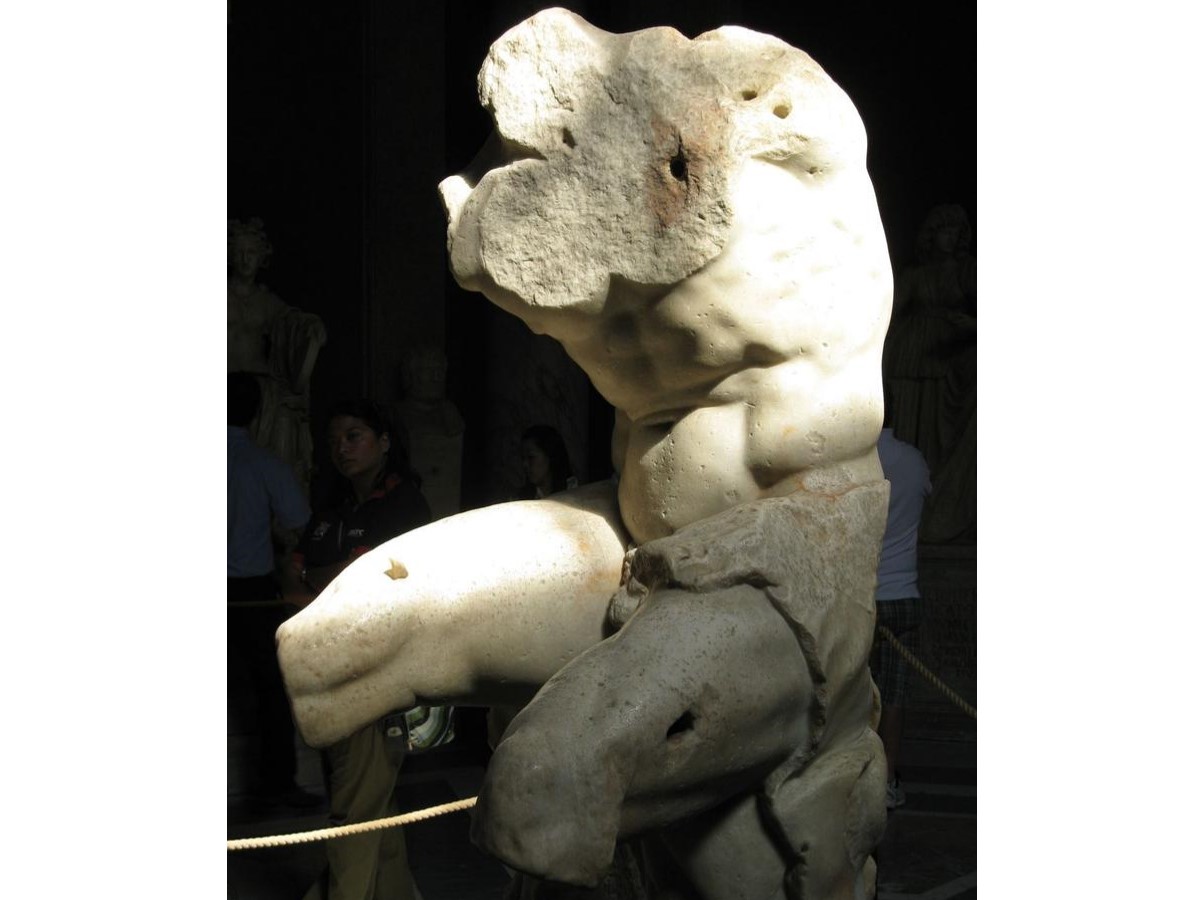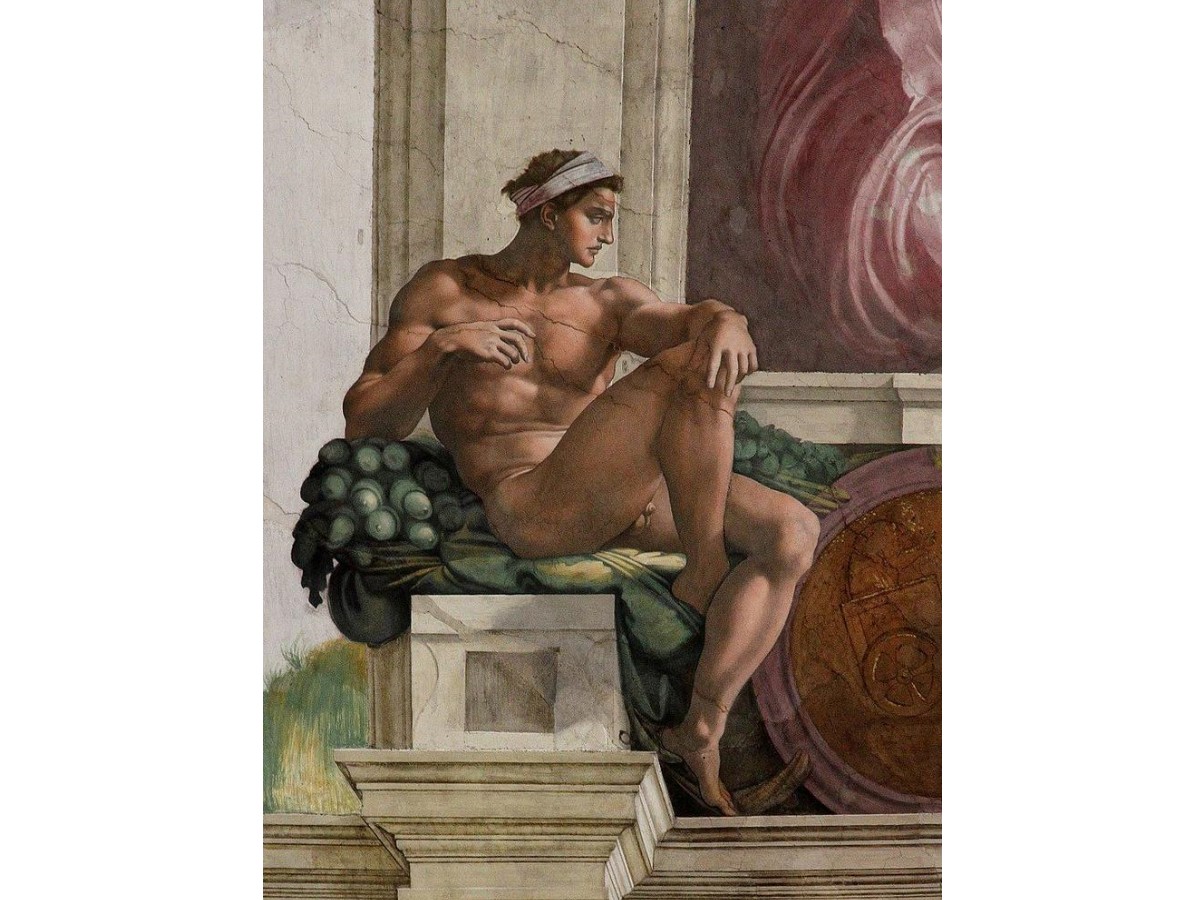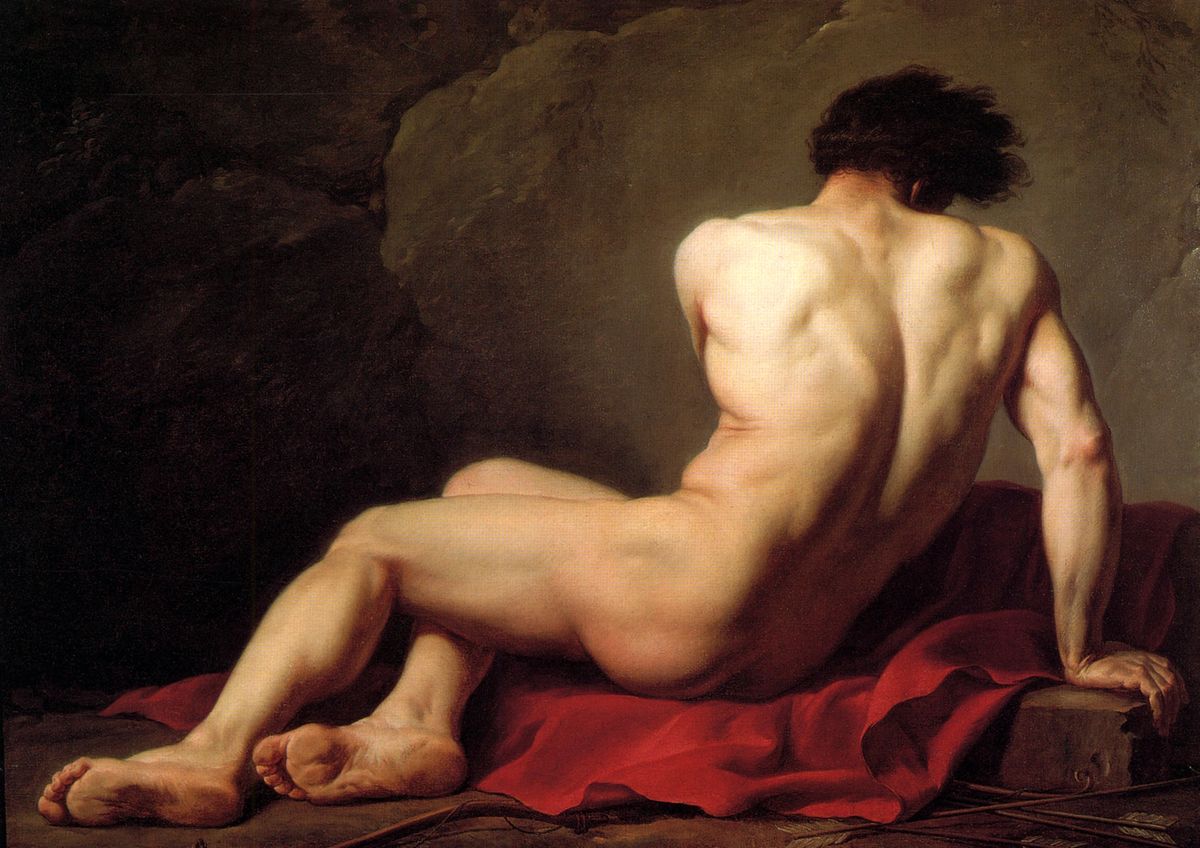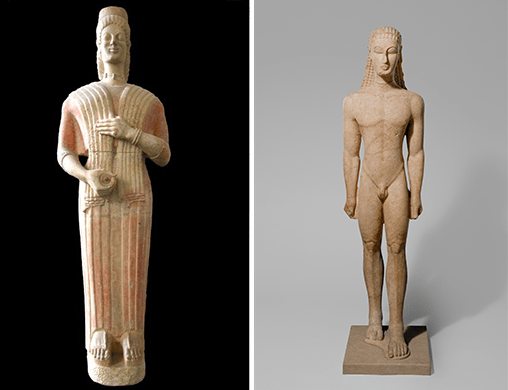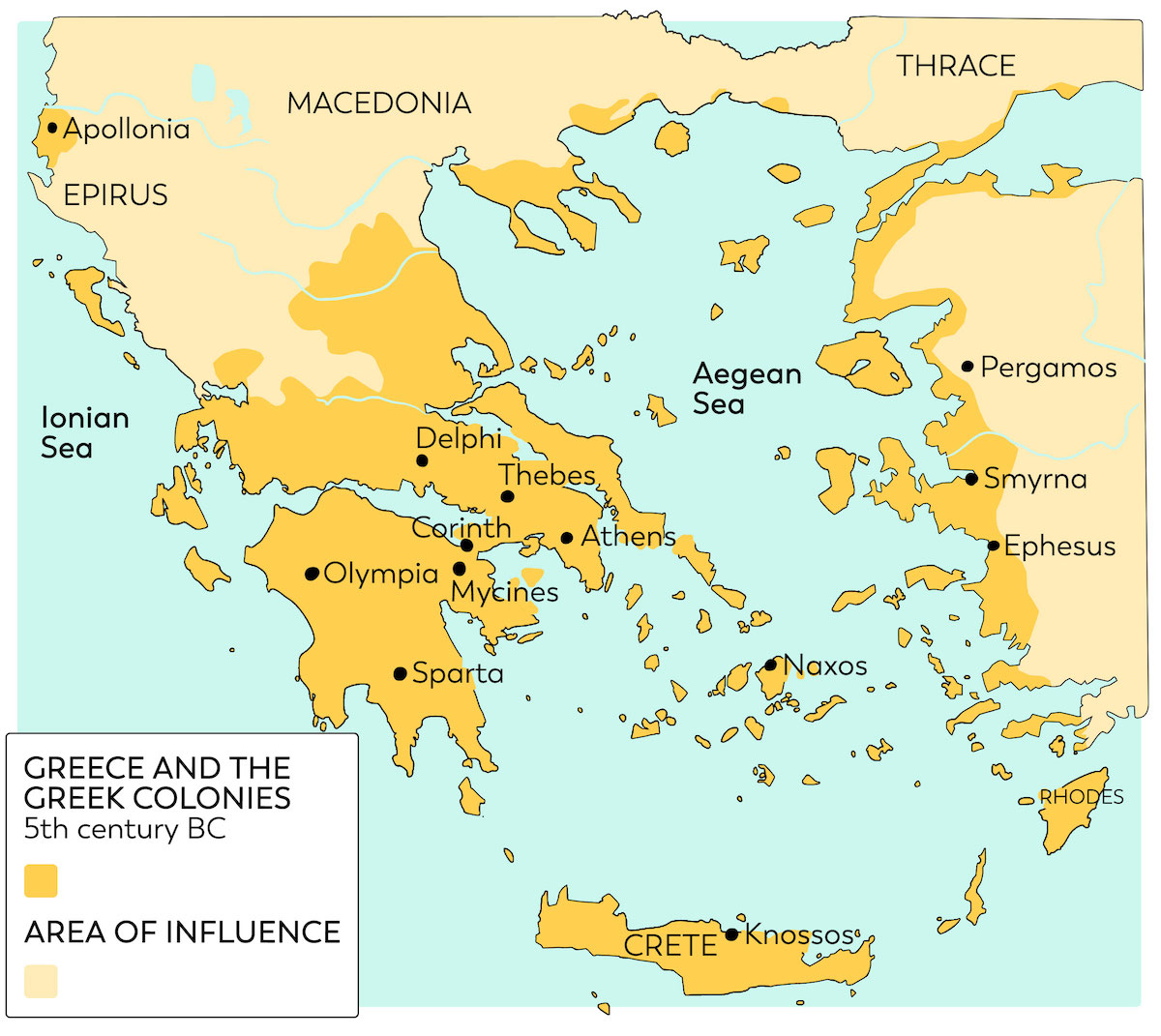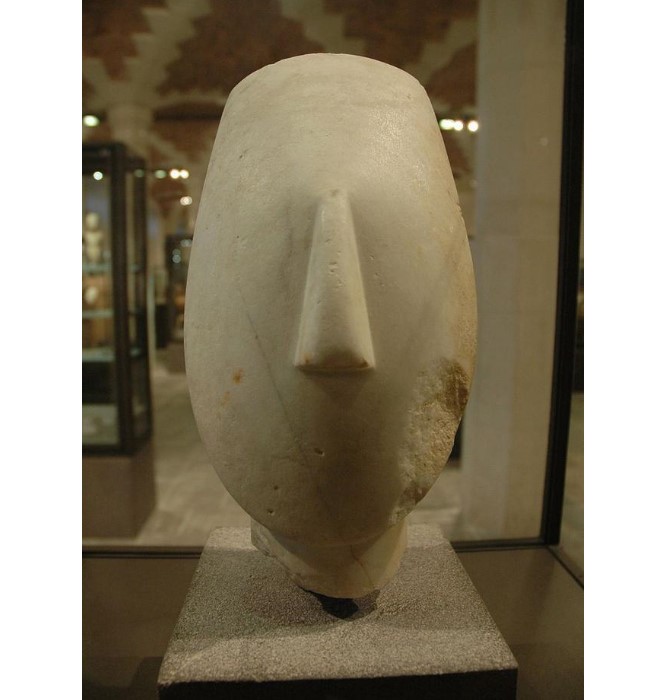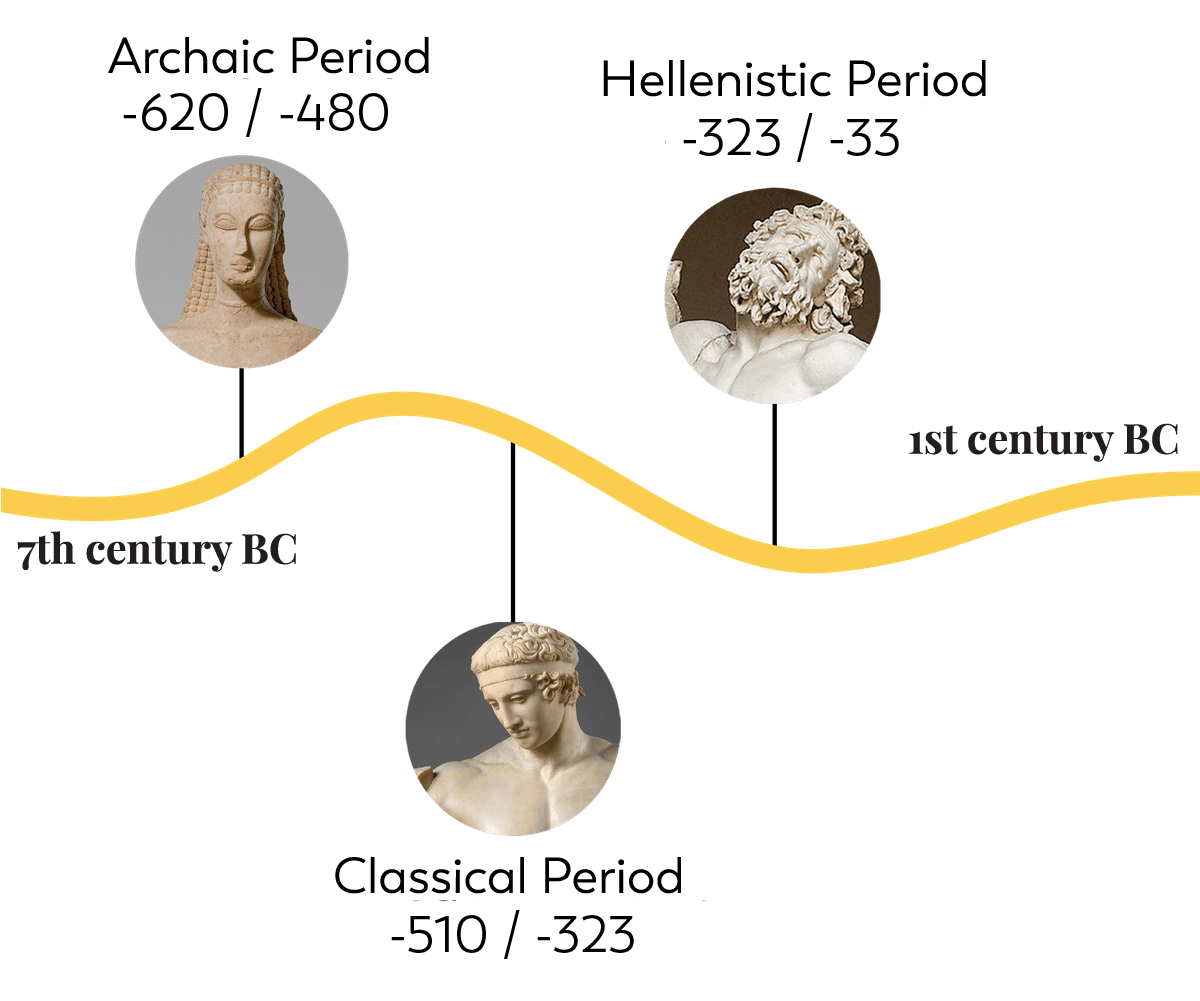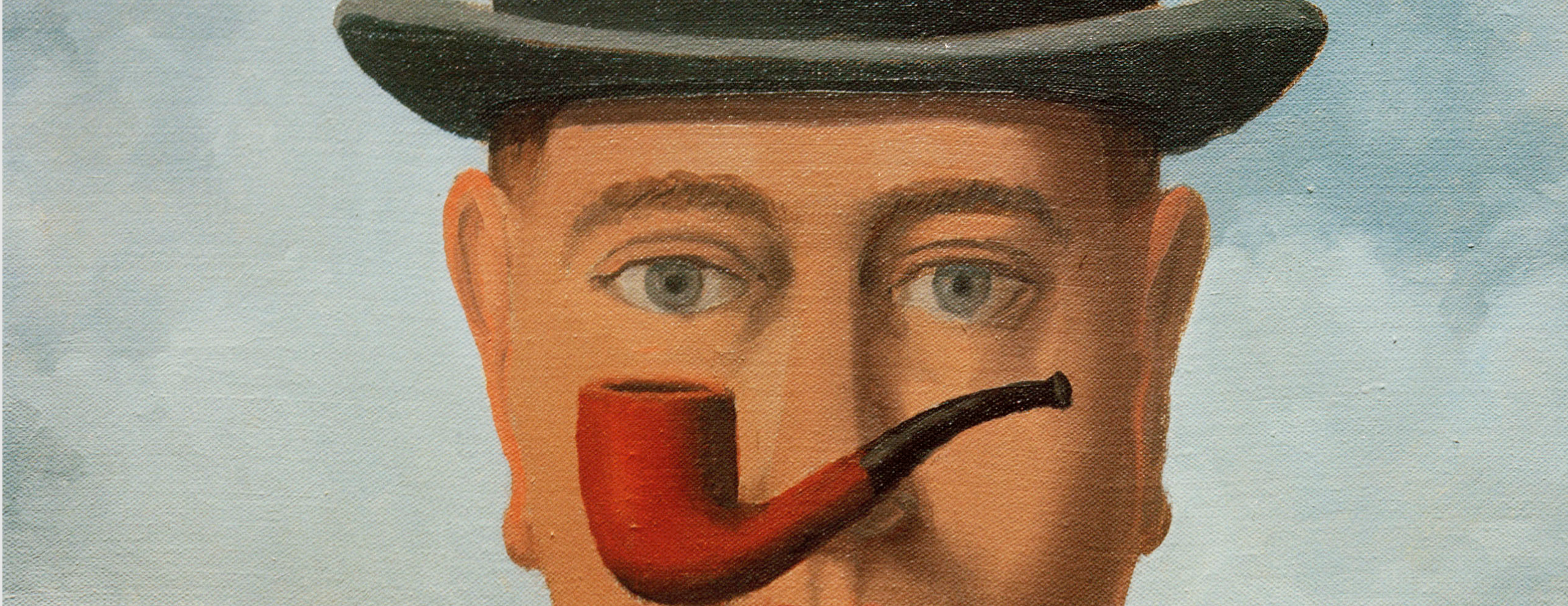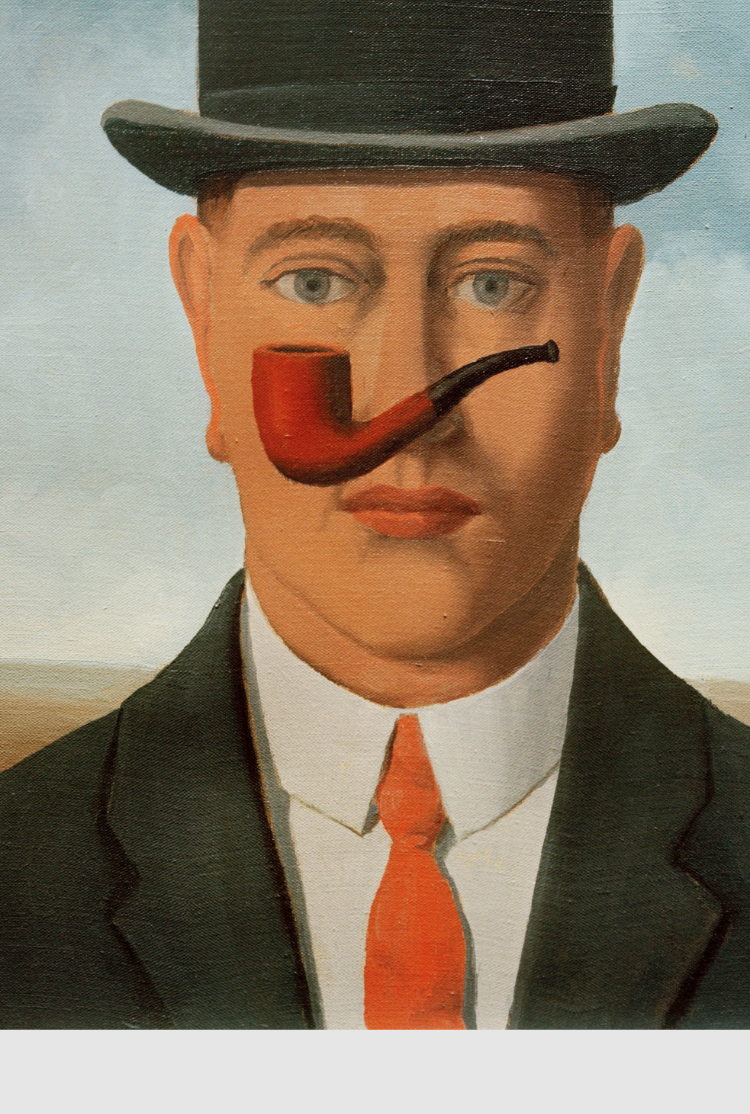
Zeus
Distinctive Sign : Is never without his eagle nor his thunder, a flash of lightning in his hands
Profession : God of the gods and father of human beings
Key fact : He constantly changes form to escape the watchful eye of his wife, Hera, when he wants to have sex with other women and has many children out of wedlock.
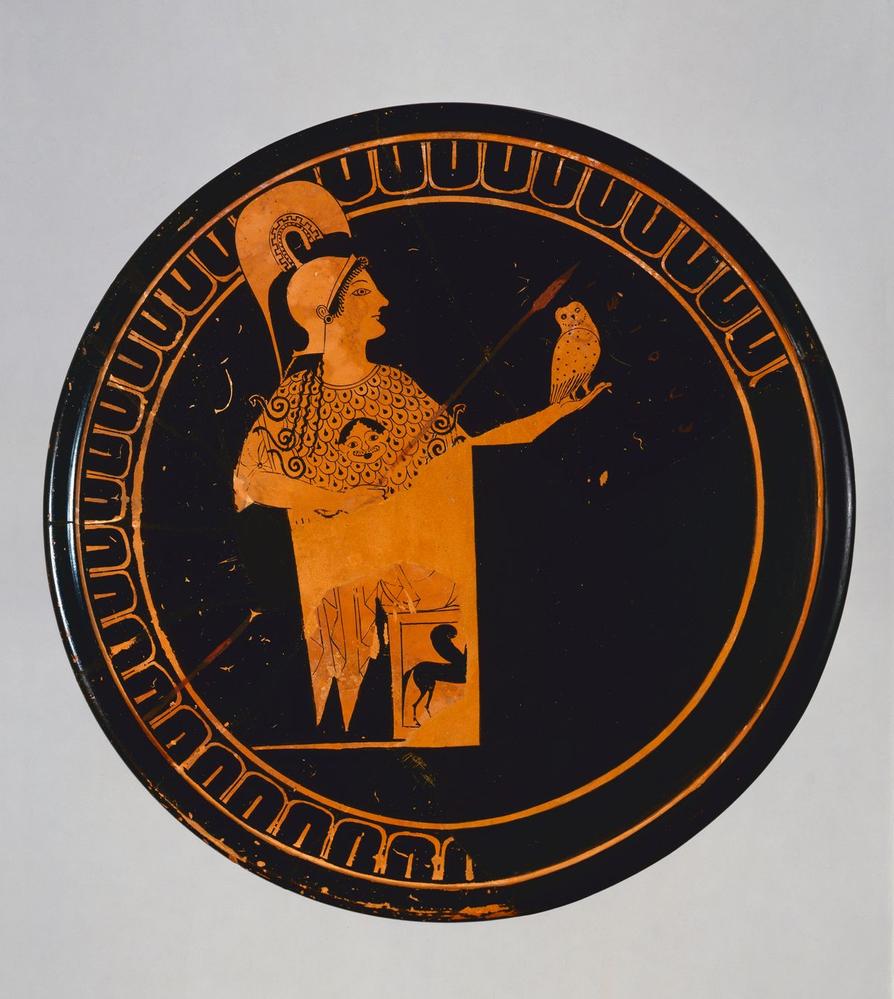
Athena
Distinctive Sign : She wears a helmet, carries a lance and is often accompanied by an owl
Profession : God of wisdom and warrior strategy and protectress of the city of Athens
Key fact : Her out-of-the-ordinary birth: her mother was swallowed by her father, Zeus. Seized by an awful headache, Zeus called a blacksmith god to the rescue, who split his head open: Athena emerged, already wearing her armour!
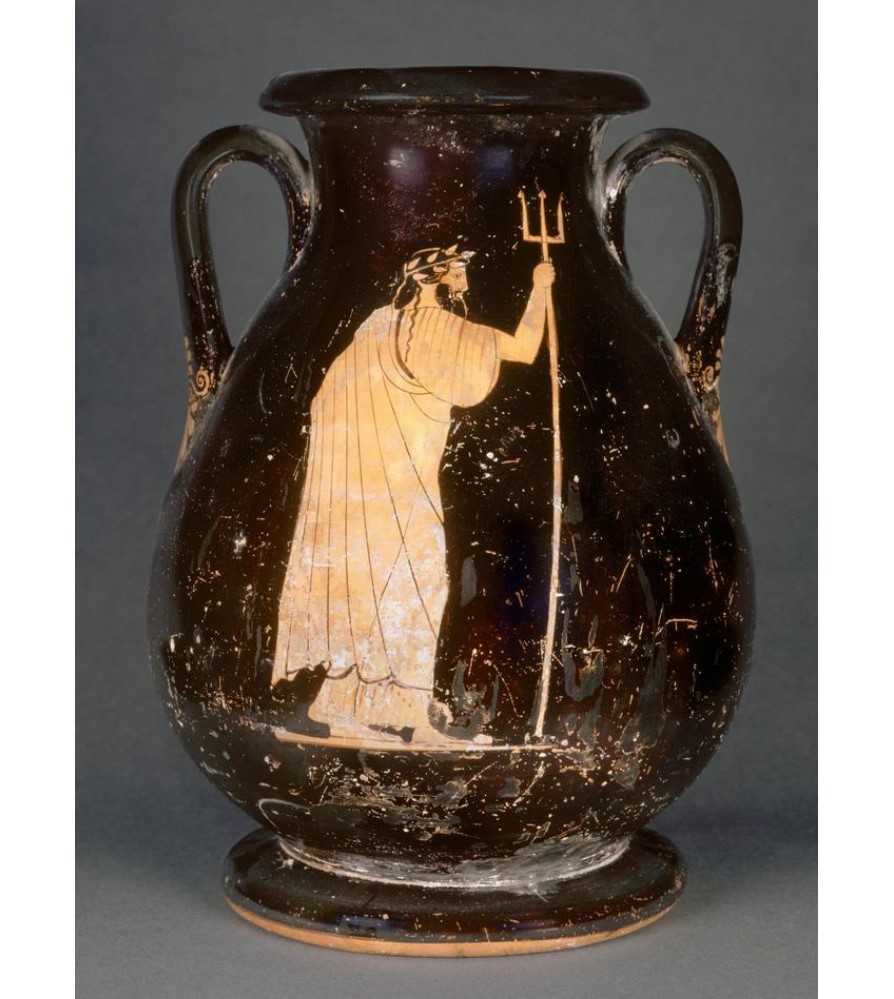
Poseidon
Distinctive Sign : Holds a trident and is often accompanied by horses or fish
Profession : God of the sea, navigation and horses
Key fact : A very powerful, quarrelsome god, feared by the Greeks who live in an archipelago with hundreds of islands.

